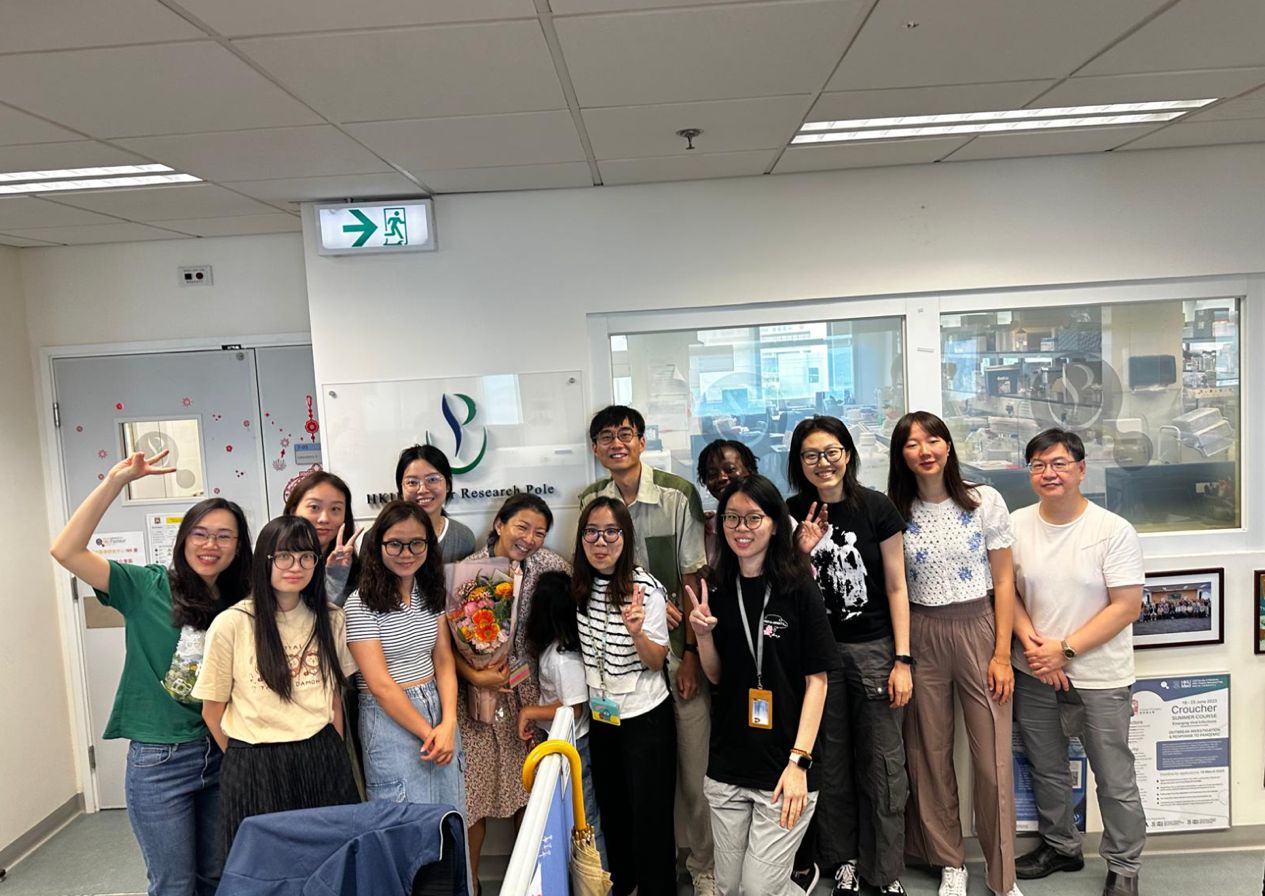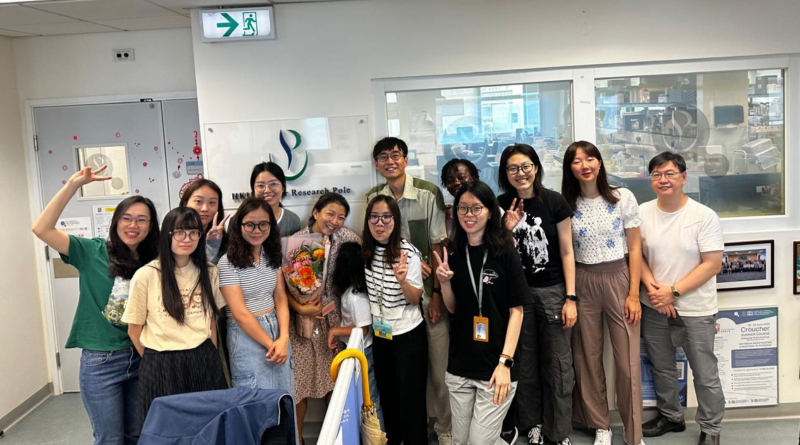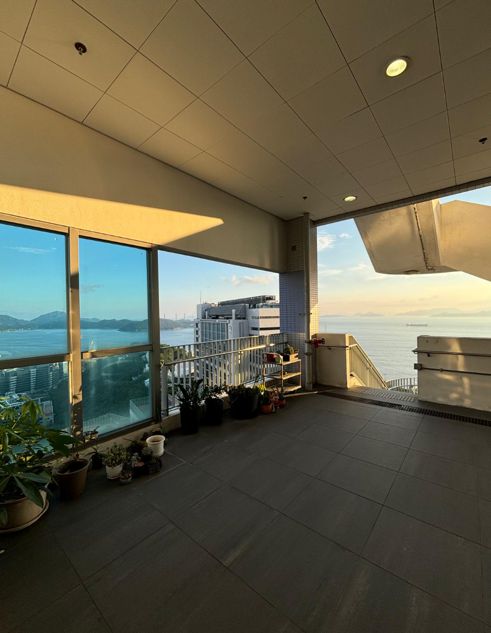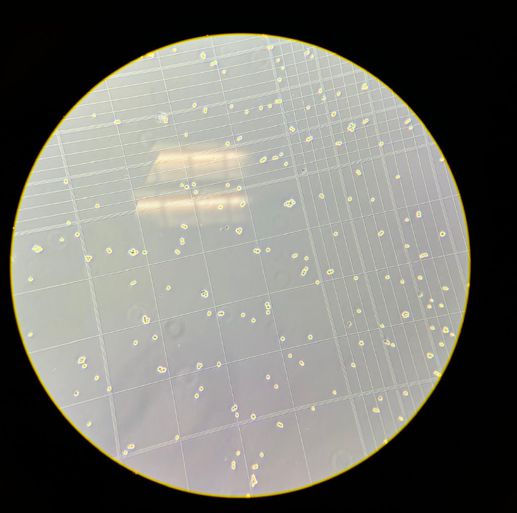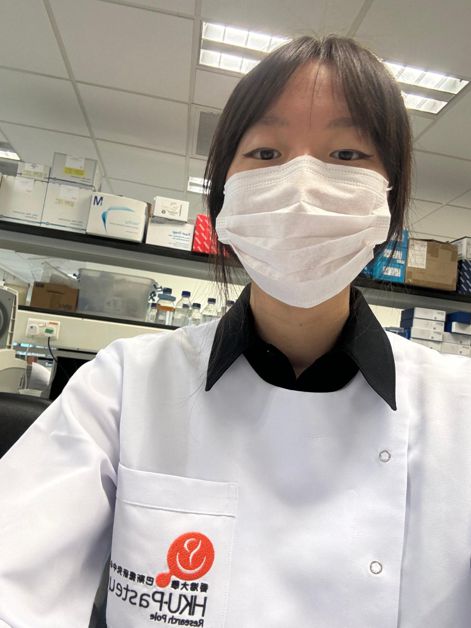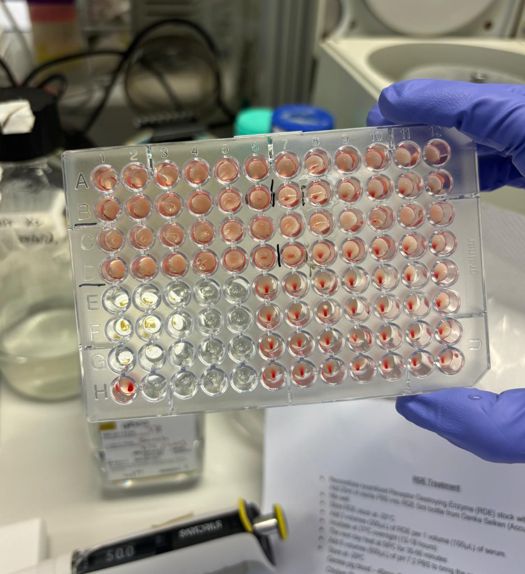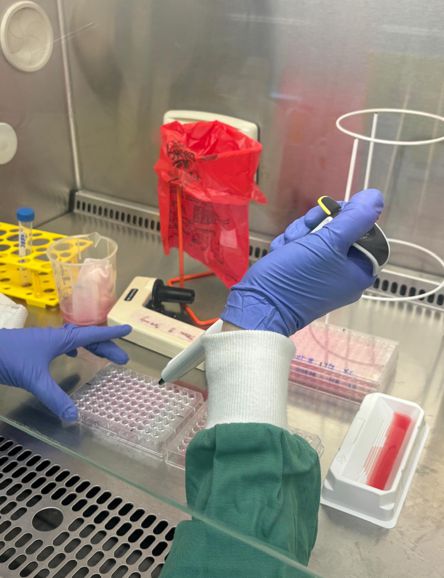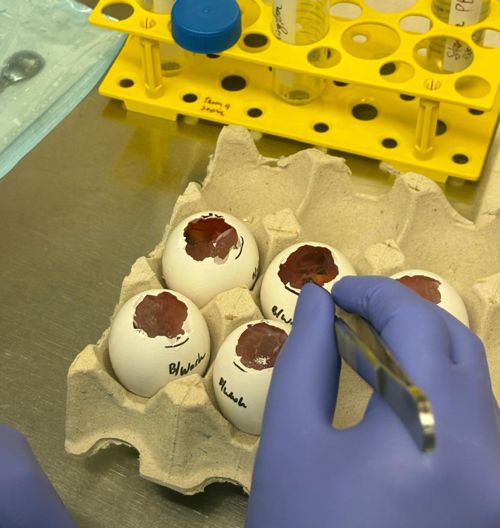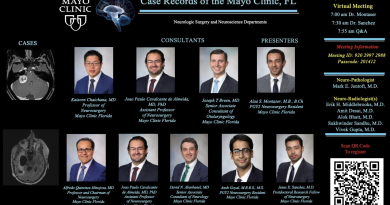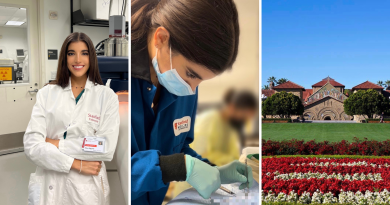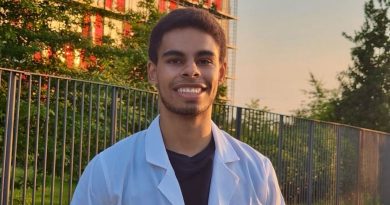Lab Experience at the HKU Pasteur Research Pole in Hong Kong – UNIMI – Linda Guo
Personal reflections 1° lab rotation
Linda Guo, 6° Cohort, UNIMI
In July, I had the opportunity to attend my first lab rotation at HKU Pasteur Research Pole in Hong Kong, focusing on Influenza viruses and Coronaviruses in the very place where SARS-CoV-1 was isolated and its rapid diagnostic test using qPCR was developed.
This experience has been my first approach to the world of research, starting directly from a laboratory that represents Translational Research par excellence, which is a cornerstone of Virgilio Program.
Prof. Sooksan Wong’s (my tutor) research is indeed focused on understanding how virus evolution impacts host immunity at a population and at the individual level. This includes studying the immunological principles that govern antibody recall of rapidly evolving and antigenically variable viruses using clinical human cohort samples.
Throughout this time, I learnt and performed multiple techniques, and given that it was my first lab experience, I started from the research basics. At the beginning, I mastered PCR and Western Blot with which I contributed to a few ongoing projects that aim at understanding respiratory viruses’ vaccine efficacy and how it affects the associated population’s susceptibility. In the second part of my rotation, I became familiar with P2 level regulations – the only place where active viruses can be handled – and I learnt more specific virology techniques, used to measure antibody response, especially the Hemagglutinin Assay (HA). This assay is an important technique in the virology field which quantifies the relative concentration of viruses, bacteria and antibodies.
By applying the process of hemagglutination, HA shows whether the serum antibody level of a patient is enough or not to overcome a certain virus relative concentration. Thus, should the test be positive, surface
sialic acid receptors of RBCs would bind to the hemagglutinin glycoprotein of influenza virus or coronavirus to create a lattice structure of interconnected RBCs and virus particles.
Although this may seem simple, it requires various steps: I learnt how to prepare turkey red blood cell solutions at different concentrations (while other laboratories buy tRBCs from outside, my professor required us to prepare our own from whole blood to be more precise), how to culture HRT-18 cells for virus propagation and I also acquired programming skills that I used to analyze and interpret data.
At my first approach to this dry lab part, I felt challenged since I did not have any bioinformatic background.
Yet, I had supportive lab mates who taught me step-by-step how to use software such as AliWiew and MEGA, and I overcame the difficulties to the point that I managed to perform analyses on the antigenic changes of OC43, the main seasonal coronavirus, by comparing the reference sequence provided by NIH and the sequences discovered after SARS-CoV-2 outbreak. From this experience I also understood the importance of teamwork and how shared thinking and experiences nurture a stimulating environment for personal and scientific growth.
In conclusion, this experience gave me the opportunity to interact and learn from worldwide renowned scientists, who taught me from essential laboratory techniques that are important across various fields to more complex skills in the branch of virology, which have enhanced my scientific reasoning and will nourish my future as a physician scientist.
